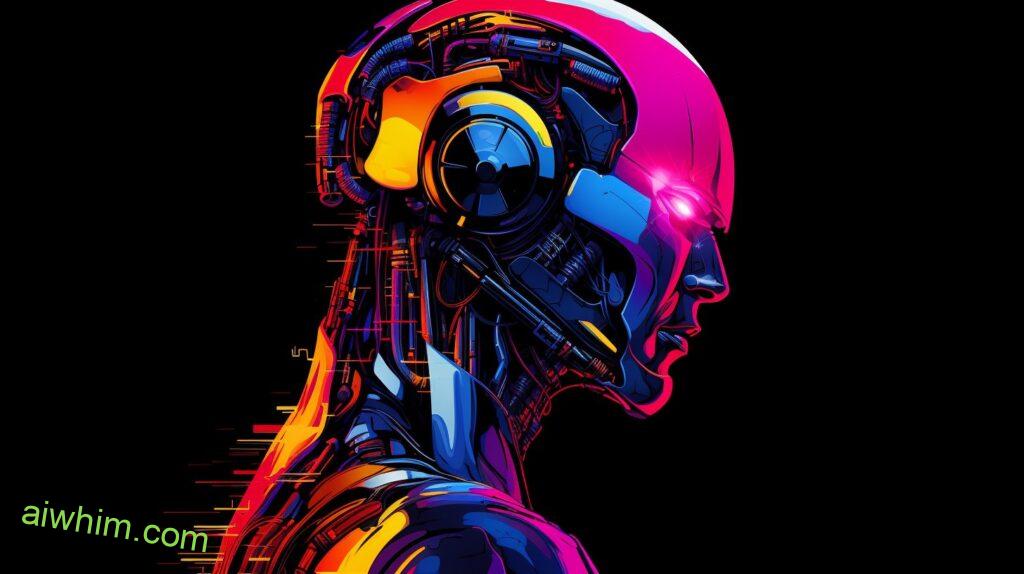Are you worried that AI is going to snatch away your job as a physical therapist? Well, fear not! This article will delve into the rise of AI in healthcare and specifically its impact on physical therapy.
We’ll explore how AI technology is advancing in this field and discuss the ethical considerations surrounding its implementation.
So, put your concerns to rest and discover how you can adapt and thrive in the age of AI.
Key Takeaways
- AI technology can enhance rehabilitation practices and revolutionize patient care.
- AI-assisted exercise programs allow for personalized treatment plans tailored to each patient’s specific needs.
- The integration of AI in physical therapy can lead to improved treatment outcomes and better patient care.
- AI technology can complement and enhance the skills of physical therapists.

The Rise of AI in Healthcare
You’re probably wondering how AI is impacting the field of healthcare, including physical therapy. Well, let me tell you, the rise of AI in healthcare has brought about significant changes and advancements in rehabilitation practices.
AI in healthcare has revolutionized the way physical therapy is conducted. With intelligent algorithms and machine learning capabilities, AI can analyze vast amounts of patient data to provide personalized treatment plans. This not only saves time but also ensures that each patient receives the most effective and tailored care possible.
One major impact of AI on rehabilitation is the development of virtual reality (VR) technology. VR allows patients to engage in immersive experiences that simulate real-life scenarios for therapeutic purposes. For example, individuals recovering from a stroke can use VR simulations to practice activities such as walking or reaching for objects, aiding in their recovery process.
Additionally, AI-powered robots have become valuable assets in physical therapy settings. These robots are equipped with sensors and cameras that enable them to assist patients during exercises and monitor their progress. They can provide real-time feedback and adjust treatment plans accordingly, enhancing the efficiency and effectiveness of rehabilitation sessions.
Moreover, AI has made it easier for physical therapists to track and manage patient progress remotely. Through wearable devices and mobile applications, therapists can monitor vital signs, collect data on movement patterns, and communicate with patients outside clinical settings. This enables more frequent check-ins and adjustments to treatment plans without requiring patients to travel long distances for follow-up appointments.

The Impact of AI on Physical Therapy
There’s a growing concern about how artificial intelligence might affect the field of physical therapy. As technology continues to advance, AI is making its way into various industries, including healthcare. Physical therapy, which involves the rehabilitation and treatment of patients with physical impairments or injuries, is no exception.
Here are some ways in which AI is impacting the field:
- AI in sports rehabilitation: With the help of AI technology, physical therapists can now provide more personalized and targeted care to athletes. AI algorithms can analyze data from wearables and sensors to track an athlete’s progress and identify areas that need improvement. This allows for tailored exercise programs and faster recovery times.
- Virtual reality in physical therapy: Virtual reality (VR) has emerged as a promising tool in physical therapy. By immersing patients in virtual environments, VR can help simulate real-life scenarios and movements, making therapy sessions more engaging and effective. AI can enhance this experience by adapting the virtual environment based on the patient’s progress and needs.
- Automated assessment tools: AI-powered tools are being developed to automate certain aspects of physical therapy assessments. These tools can analyze movement patterns, range of motion, and strength measurements to provide objective data for therapists to evaluate their patients’ progress.
- Remote monitoring and tele-rehabilitation: AI enables remote monitoring of patients’ activities at home through wearable devices or cameras. Therapists can remotely assess their patients’ movements, offer guidance, and adjust treatment plans accordingly. This opens up possibilities for tele-rehabilitation services that improve access to care for individuals who may not have easy access to a physical therapist.
While there are concerns about job displacement due to automation, it’s important to note that these advancements in AI are meant to complement rather than replace human therapists. The expertise and empathy provided by human interaction will continue to be crucial in the field of physical therapy.

Understanding the Role of AI in Rehabilitation
When it comes to rehabilitation, understanding the role of AI can greatly enhance your treatment outcomes and overall recovery process. AI in sports rehabilitation has revolutionized the way physical therapy is delivered, allowing for personalized and efficient care. With advancements in technology, virtual reality is also being integrated into physical therapy sessions, providing a more immersive and engaging experience.
AI in sports rehabilitation utilizes machine learning algorithms to analyze vast amounts of data and provide real-time feedback to both patients and therapists. This allows for customized treatment plans that are tailored to your specific needs and goals. Whether you’re recovering from an injury or trying to improve your athletic performance, AI can help optimize your rehab program.
Virtual reality in physical therapy takes the concept of traditional exercises and elevates them by creating simulated environments. By immersing yourself in these virtual worlds, you can engage different muscle groups and work on balance and coordination while having fun. This not only makes therapy more enjoyable but also enhances motivation and adherence to the treatment plan.
Furthermore, AI-powered devices such as exoskeletons have been developed to assist with mobility impairments. These wearable robotic devices provide support to weakened muscles or limbs, enabling individuals with disabilities to regain independence and perform daily activities with greater ease.
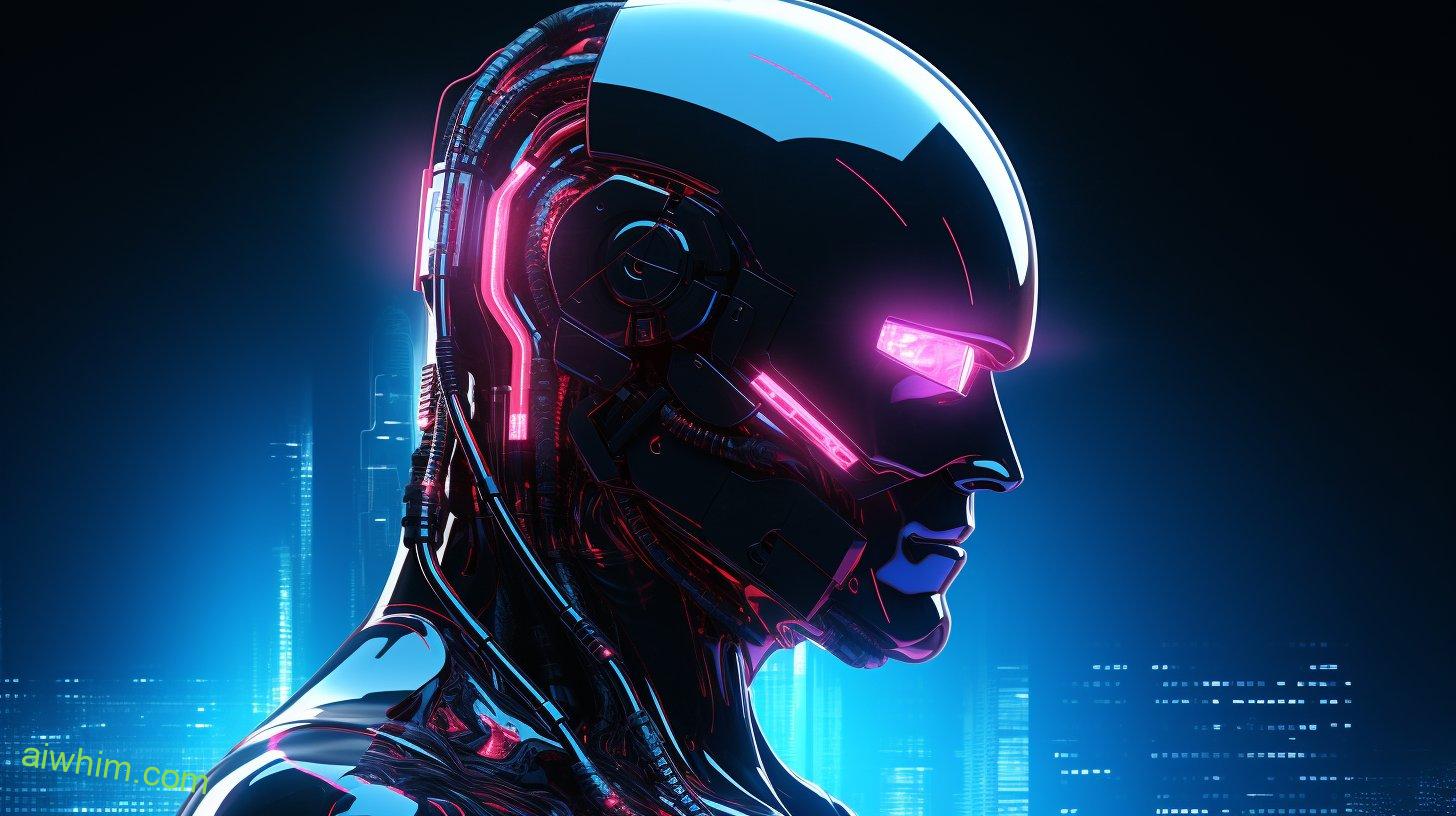
AI Technology Advancements in Physical Therapy
The latest advancements in AI technology have revolutionized the field of physical therapy. With the integration of AI in physical therapy, you now have access to cutting-edge tools and techniques that can greatly enhance your rehabilitation experience. Here are a few ways AI technology is transforming the world of physical therapy:
- Personalized Treatment Plans: AI algorithms analyze vast amounts of patient data, allowing therapists to create customized treatment plans tailored to your specific needs and goals. This means you receive targeted care that maximizes your chances of recovery.
- Real-Time Monitoring: By using wearable devices equipped with AI technology, therapists can monitor your progress remotely and in real-time. This not only provides convenience but also ensures that any issues or setbacks can be addressed promptly.
- Virtual Reality Rehabilitation: Virtual reality (VR) has become a game-changer in physical therapy. By immersing yourself in virtual environments, guided by intelligent systems, you can engage in interactive activities that help improve strength, balance, and coordination.
- Automated Assistants: AI-powered robots are being used as automated assistants during therapy sessions. These robots can provide support and guidance for exercises while collecting data on your performance. The information gathered helps therapists make informed decisions about your treatment plan.
With these advancements, the integration of AI in physical therapy offers new opportunities for freedom and independence throughout your rehabilitation journey. You can embrace personalized care plans, enjoy remote monitoring without sacrificing quality care, explore virtual realities to aid recovery, and benefit from automated assistance during sessions.
The future looks promising with these innovative technologies enhancing physical therapy practices.
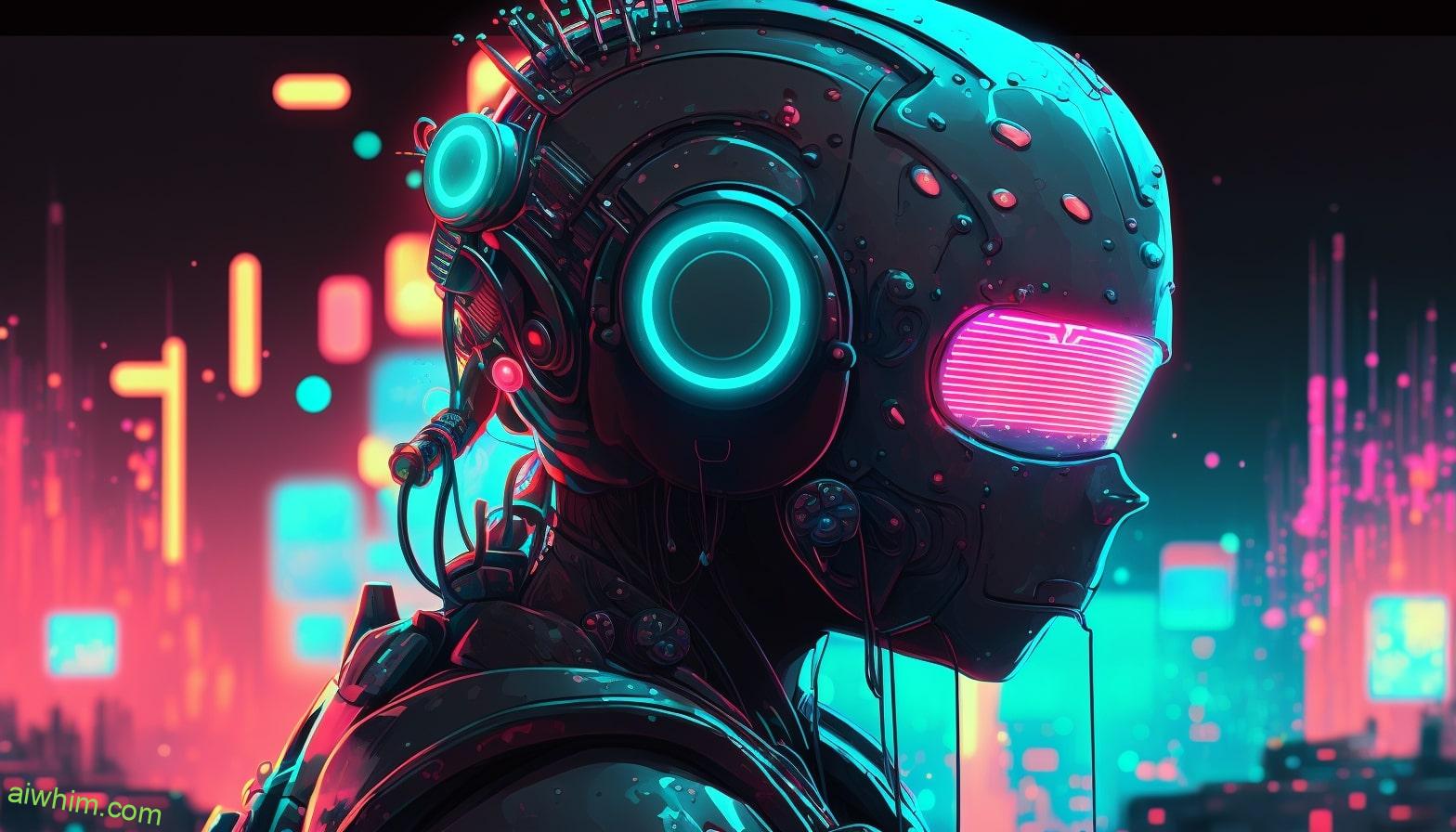
How AI Is Transforming the Field of Physical Therapy
Experience the transformative power of AI technology in physical therapy as it revolutionizes personalized treatment plans, real-time monitoring, virtual reality rehabilitation, and automated assistance.
AI in sports therapy is changing the game by enhancing the effectiveness and efficiency of treatments. Imagine a world where technology works hand-in-hand with human therapists to provide you with personalized care that is tailored to your specific needs.
With AI-powered algorithms, physical therapists can now create individualized treatment plans that address your unique condition and goals. These plans are constantly updated based on real-time data collected through wearable devices and sensors. This means that your progress can be tracked accurately, allowing for timely adjustments to optimize your recovery process.
Virtual reality (VR) has also made its way into the field of physical therapy, providing an immersive experience that promotes faster healing. Through VR rehabilitation programs, patients can engage in simulated activities and exercises that help improve their mobility and coordination. This exciting technology allows you to have fun while undergoing therapy, making the entire process more enjoyable and motivating.
AI technology doesn’t stop at personalized treatment plans and VR rehabilitation; it also offers automated assistance during therapy sessions. Robots equipped with AI capabilities can support physical therapists by assisting with repetitive tasks or providing guidance during exercises. This collaboration between humans and machines ensures a higher level of precision and consistency in delivering therapeutic interventions.
The integration of AI in sports therapy has unlocked countless possibilities for improving patient outcomes in physical therapy. By embracing these advancements, you can experience a new level of freedom as you embark on a journey towards recovery with cutting-edge technologies by your side.
Embrace this revolutionizing era in physical therapy and witness firsthand how AI transforms personalized care, real-time monitoring, virtual reality rehabilitating experiences, and automated assistance for better outcomes.
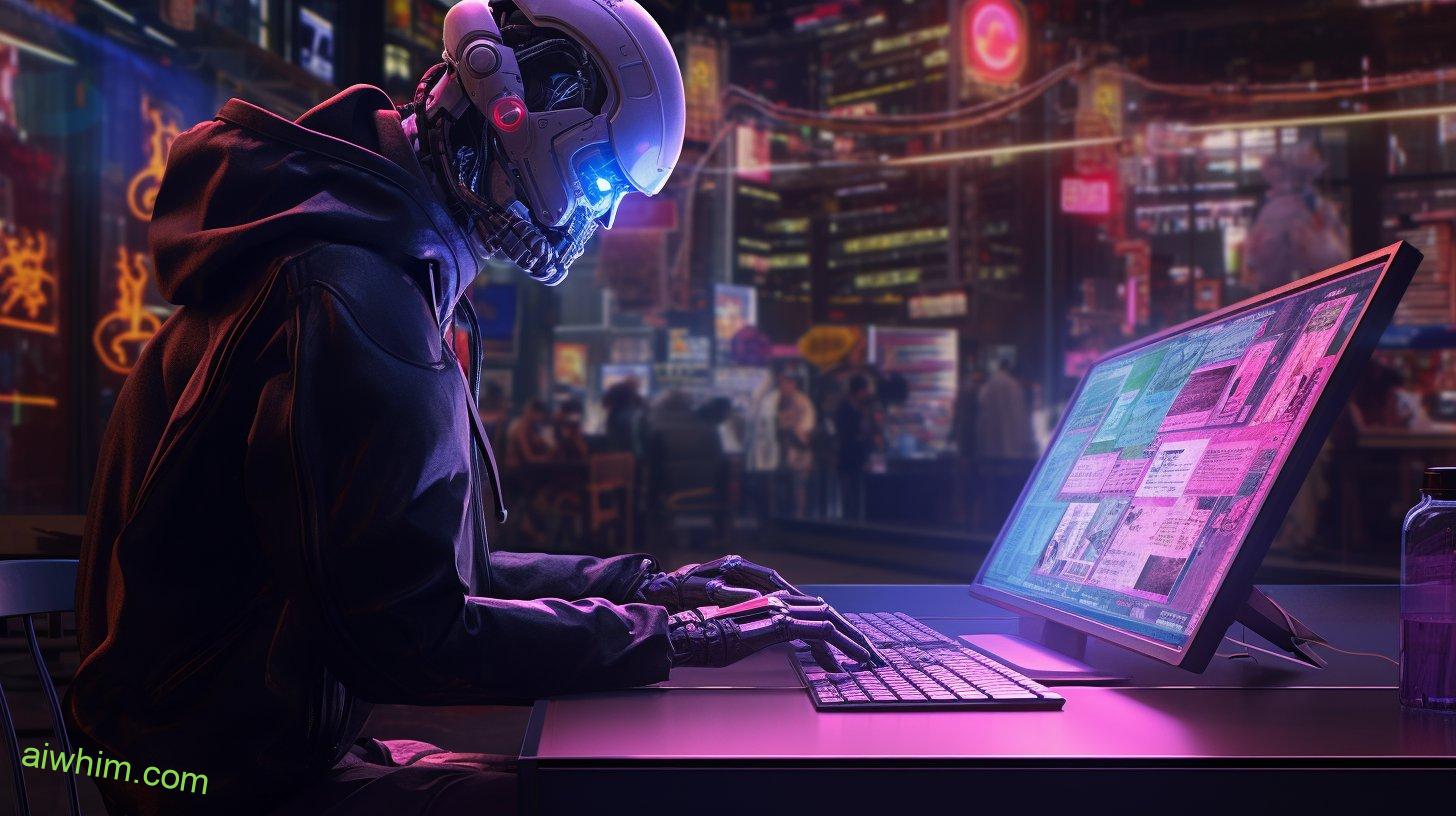
AI’s Potential to Enhance Patient Care in Physical Therapy
By utilizing AI technology, you can receive enhanced care in physical therapy that is tailored to your specific needs and goals. With AI-driven personalized treatment plans and the integration of virtual reality, the possibilities for improving patient outcomes are endless.
Here’s how AI can revolutionize your physical therapy experience:
- AI driven personalized treatment plans: Imagine having a treatment plan that is specifically designed for you. AI algorithms analyze your medical history, symptoms, and progress to create a personalized plan that targets your unique needs. This means faster recovery times and more effective rehabilitation.
- Virtual reality for physical therapy: Virtual reality (VR) has taken the world by storm, and it has found its way into the field of physical therapy as well. By immersing yourself in virtual environments, you can engage in exercises and activities that mimic real-life situations without leaving the comfort of your therapist’s office. VR not only makes therapy sessions more enjoyable but also helps improve coordination, balance, and strength.
- Real-time feedback: With AI technology, therapists can monitor your progress in real-time. Sensors integrated into wearable devices provide valuable data on your movement patterns and muscle activation levels. This allows therapists to make immediate adjustments to your treatment plan based on objective measurements rather than subjective observations.
- Remote monitoring: Thanks to advancements in telehealth technology, AI enables remote monitoring of patients during their at-home exercises. Through video calls or wearable devices equipped with sensors, therapists can keep an eye on you while you perform prescribed exercises at home. This ensures proper form and adherence to the treatment plan even when you’re not physically present at the clinic.
With these exciting developments in AI-driven personalized treatment plans and virtual reality for physical therapy, you can expect a new level of freedom in taking control of your own rehabilitation journey. Embrace this cutting-edge technology and experience firsthand how it enhances patient care in physical therapy like never before.
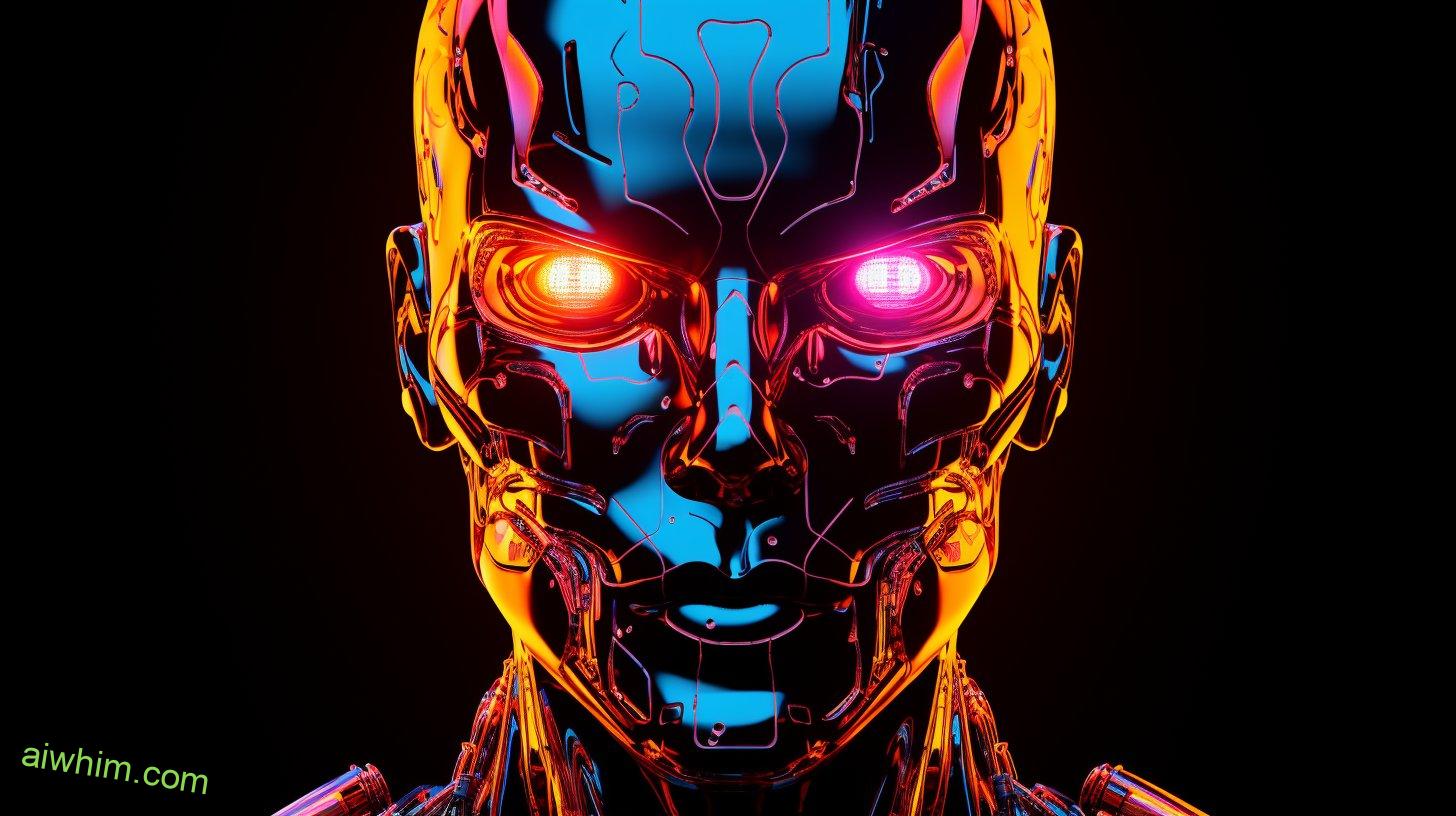
The Benefits and Limitations of AI in Physical Therapy
Utilizing AI in physical therapy offers numerous advantages but also has its limitations. AI can greatly enhance the field of physical therapy by providing personalized treatment plans, improving patient outcomes, and reducing healthcare costs. With AI, physical therapists can analyze large amounts of data to develop customized rehabilitation programs for each individual, taking into account their specific needs and goals. This technology can also monitor patients’ progress in real-time, enabling therapists to make timely adjustments to their treatment plans and ensure optimal results.
One of the key benefits of AI in physical therapy is its ability to provide 24/7 support and guidance to patients. Through virtual assistants and chatbots, individuals can access information about their exercises, receive reminders for appointments or medication, and even engage in interactive sessions that simulate the presence of a therapist. This not only empowers patients to take control of their own recovery but also helps alleviate the shortage of physical therapists in certain areas.
However, it’s important to acknowledge that there are limitations to AI in physical therapy. While AI algorithms can process vast amounts of data quickly, they lack the human touch and intuition that comes with direct interaction between a therapist and patient. Physical therapy involves complex assessments that require a deep understanding of an individual’s unique circumstances which may be difficult for AI systems to fully comprehend.
Additionally, while AI has the potential to improve efficiency and reduce costs within healthcare systems, it should never replace the role of human therapists completely. The personal connection between a therapist and patient plays an essential role in motivating individuals throughout their rehabilitation journey.
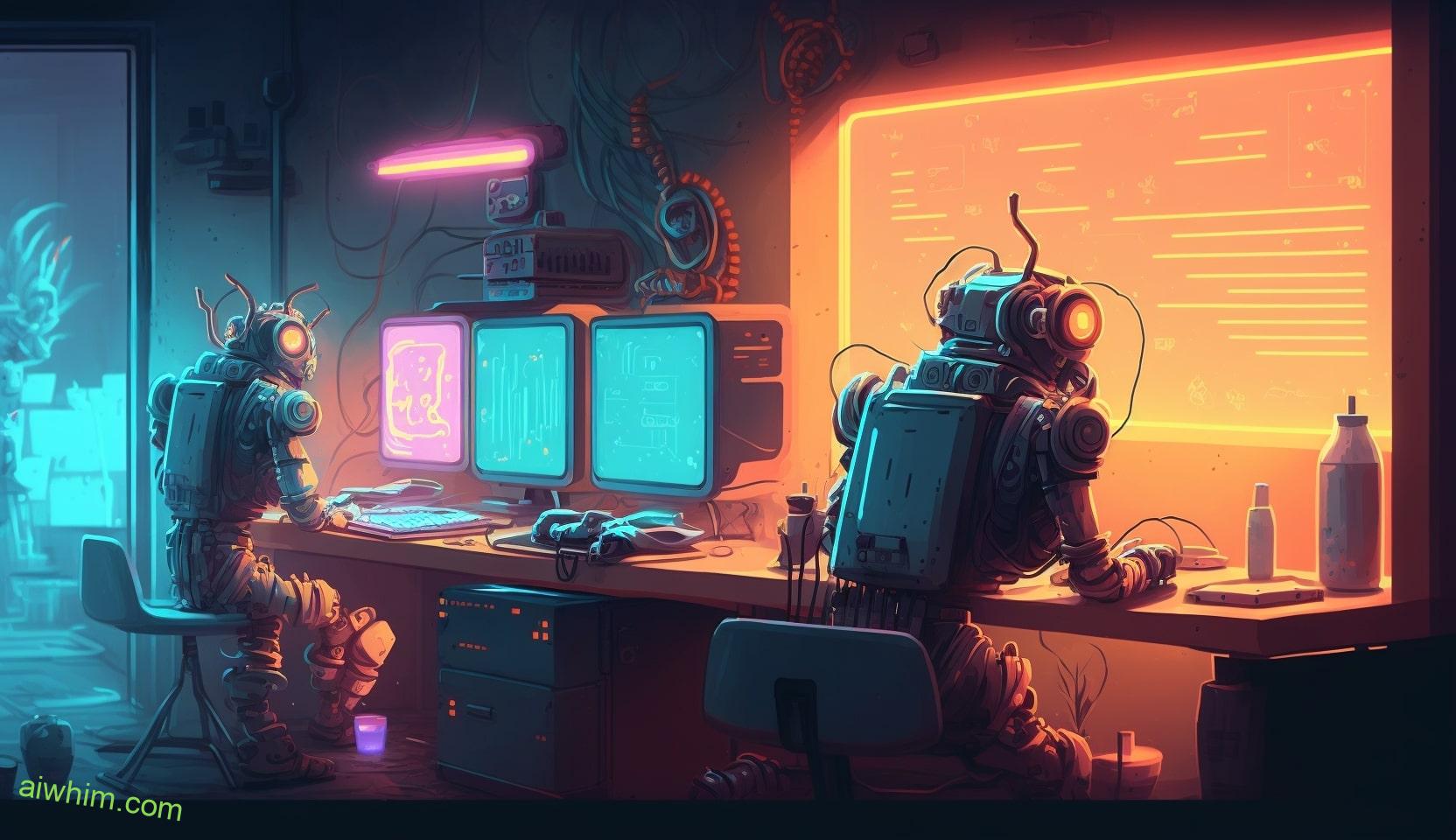
Exploring AI Applications in Rehabilitation
Exploring the applications of AI in rehabilitation reveals innovative ways to enhance patient care and improve treatment outcomes. With AI technology rapidly advancing, it is opening up new possibilities for assisting patients in their recovery journey.
Here are some exciting ways that AI can revolutionize rehabilitation:
- AI assisted training: AI algorithms can analyze patient data and provide personalized exercise programs to optimize recovery. This technology allows therapists to tailor exercises based on individual needs, ensuring efficient and effective rehabilitation.
- AI powered rehabilitation devices: The integration of AI into rehabilitation devices offers real-time feedback and monitoring during therapy sessions. These smart devices can track progress, detect movement patterns, and adjust resistance levels accordingly, providing a more interactive and engaging experience.
- Virtual reality (VR) therapy: By combining AI with virtual reality technology, patients can engage in immersive simulations that mimic real-life scenarios. This helps them regain functional skills by practicing in a safe and controlled environment.
- Predictive analytics: AI algorithms can analyze large amounts of patient data to identify patterns and predict potential risks or complications. This enables healthcare professionals to intervene early, preventing adverse events and improving overall patient safety.
As advancements in AI continue to evolve, the possibilities for enhancing rehabilitation are endless. By incorporating AI assisted training, utilizing AI powered devices, implementing VR therapy, and leveraging predictive analytics, patients can receive more personalized care leading to improved treatment outcomes.
Embracing these innovations empowers both patients and healthcare providers with greater freedom in achieving optimal results in the field of rehabilitation.
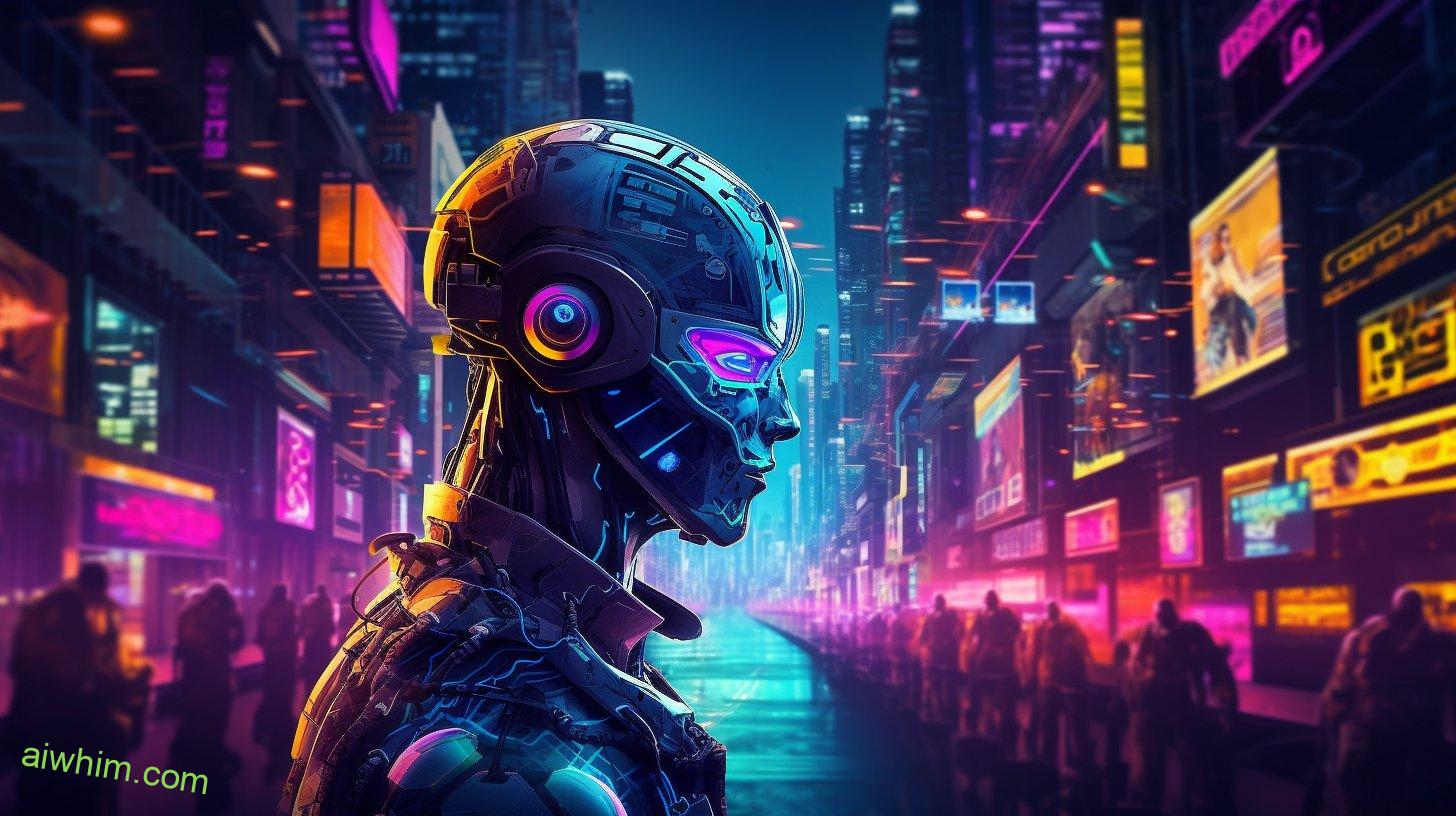
AI-Assisted Rehabilitation: A Game Changer for Physical Therapists
Using AI-assisted technology, you can enhance your rehabilitation practice and revolutionize patient care. With the integration of artificial intelligence and virtual reality rehabilitation, you have the power to transform the way you treat patients and achieve better outcomes.
AI-assisted exercise programs allow for personalized treatment plans tailored to each patient’s specific needs, maximizing their potential for recovery.
Virtual reality rehabilitation takes therapy sessions to a whole new level. By immersing patients in virtual environments, it provides an engaging and interactive experience that motivates them to actively participate in their own recovery process. Through this technology, you can create simulations that mimic real-life situations, allowing patients to practice everyday tasks in a safe and controlled environment.
AI algorithms analyze data collected during these VR sessions, providing valuable insights into each patient’s progress. This information helps you make informed decisions about adjusting treatment plans or introducing new exercises to optimize their rehabilitation journey.
The benefits of AI-assisted rehabilitation extend beyond just improving patient outcomes. It also allows you to streamline administrative tasks by automating documentation and record-keeping processes. This frees up more time for direct patient care and enables you to focus on what really matters – helping your patients regain function and independence.
Moreover, with AI-assisted technology constantly evolving, there is great potential for innovation within the field of physical therapy. New advancements could include real-time feedback during exercises or predictive analytics that help anticipate potential issues before they arise.
Embrace the power of AI-assisted rehabilitation today and unlock endless possibilities in your practice. By harnessing this cutting-edge technology, you can provide your patients with a more effective, engaging, and personalized approach to their journey towards recovery. Together with artificial intelligence and virtual reality rehabilitation, let freedom guide your path towards transforming patient care for the better.
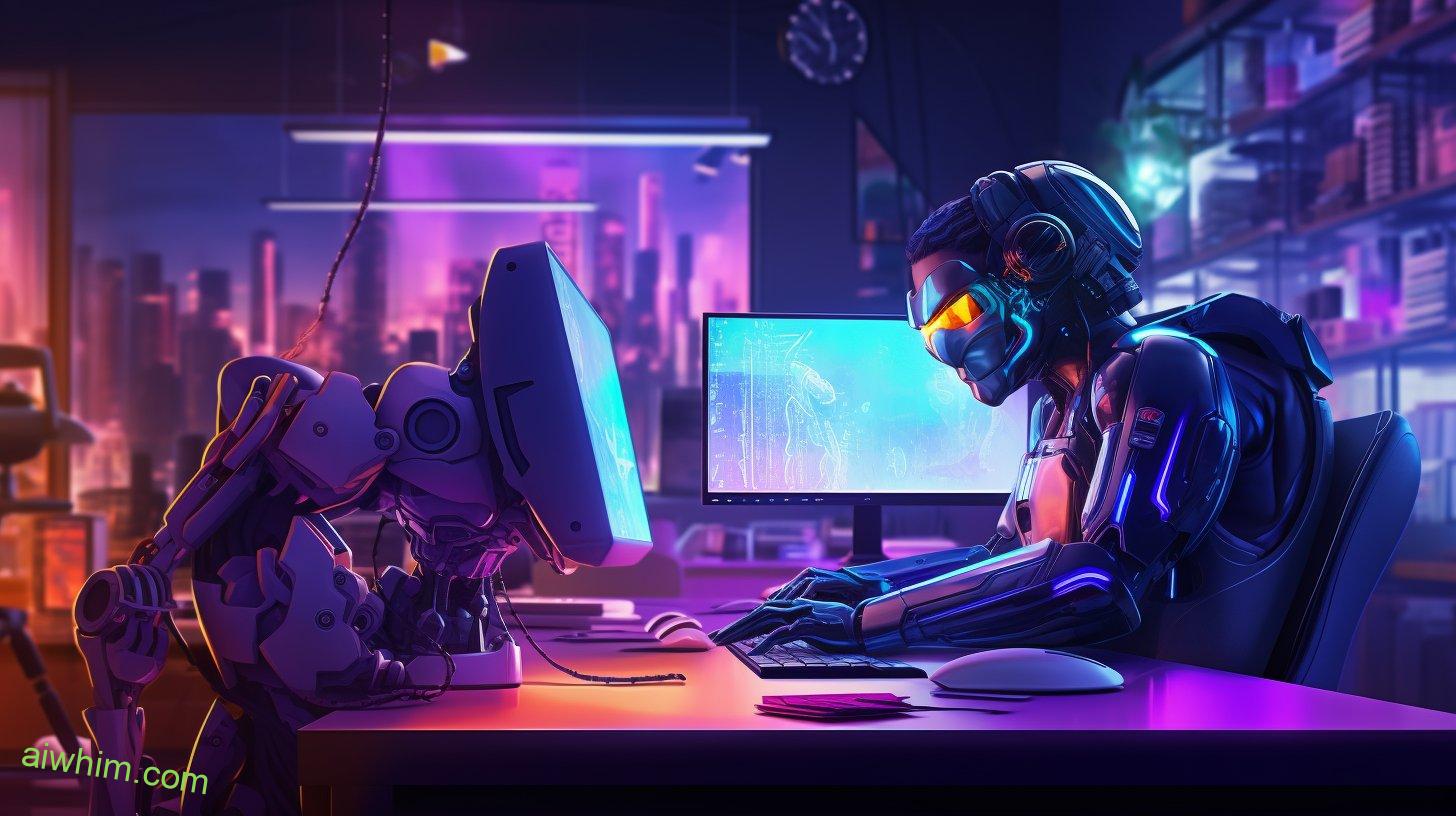
AI Tools for Assessing and Diagnosing Patients in Physical Therapy
Improve your assessment and diagnosis process with the help of AI tools in physical therapy. With advancements in technology, artificial intelligence (AI) has become an invaluable tool for healthcare professionals, including physical therapists. By incorporating AI into your practice, you can enhance the quality of care you provide to your patients.
Here are four ways AI tools can revolutionize the way you assess and diagnose patients in physical therapy:
- Remote Monitoring: AI tools enable remote monitoring of patients’ progress and activities, allowing you to keep track of their condition even when they are not physically present in your clinic. This provides a convenient and efficient way to monitor their treatment outcomes.
- Enhanced Accuracy: AI algorithms have the ability to analyze vast amounts of data quickly and accurately. By leveraging these tools, you can significantly improve the accuracy of your assessments and diagnoses.
- Personalized Treatment Plans: AI-driven treatment plans take into account each patient’s unique needs and goals. These plans are tailored specifically for them based on their individual characteristics, such as age, medical history, and lifestyle factors. This personalized approach ensures optimal outcomes for your patients.
- Efficient Decision-Making: With AI tools at your disposal, you can make more informed decisions regarding patient care. These tools can provide valuable insights by analyzing patterns and trends in patient data, helping you identify potential issues early on and devise effective treatment strategies.
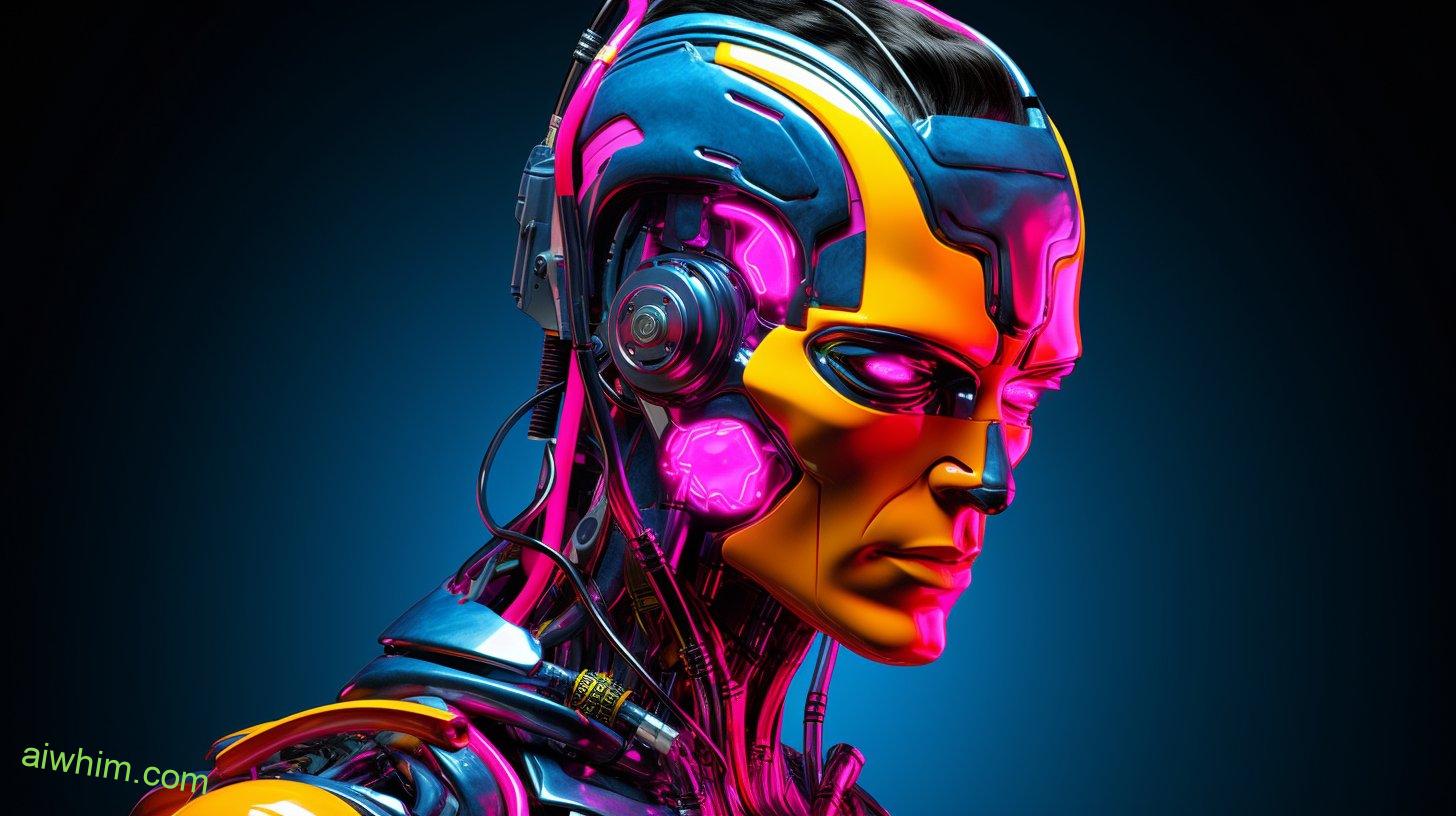
AI and Robotics in Physical Therapy: A Promising Collaboration
The collaboration between robotics and AI is promising for the field of physical therapy. With AI-driven rehabilitation techniques and robotic assistance, the future of physical therapy is filled with possibilities. Imagine a world where robots can provide personalized care, working hand in hand with human therapists to help you regain your mobility and independence.
AI has already shown great potential in assessing and diagnosing patients in physical therapy. Now, with the integration of robotics, this technology can take it a step further. Robotic assistance allows for precise movements and controlled exercises that can target specific areas of the body with accuracy. This means faster recovery times and better outcomes for patients like you.
Robots equipped with AI algorithms can adapt to your progress, constantly monitoring your movements and adjusting their approach accordingly. They can provide real-time feedback, ensuring that you are performing exercises correctly and minimizing the risk of injury. With their strength and precision, they can assist you in tasks that might be challenging or impossible on your own.
This collaboration between robotics and AI empowers individuals seeking freedom through improved physical health. It offers new opportunities for those recovering from injuries or living with disabilities to regain control over their bodies. By combining cutting-edge technology with human expertise, this partnership brings forth a new era of physical therapy.
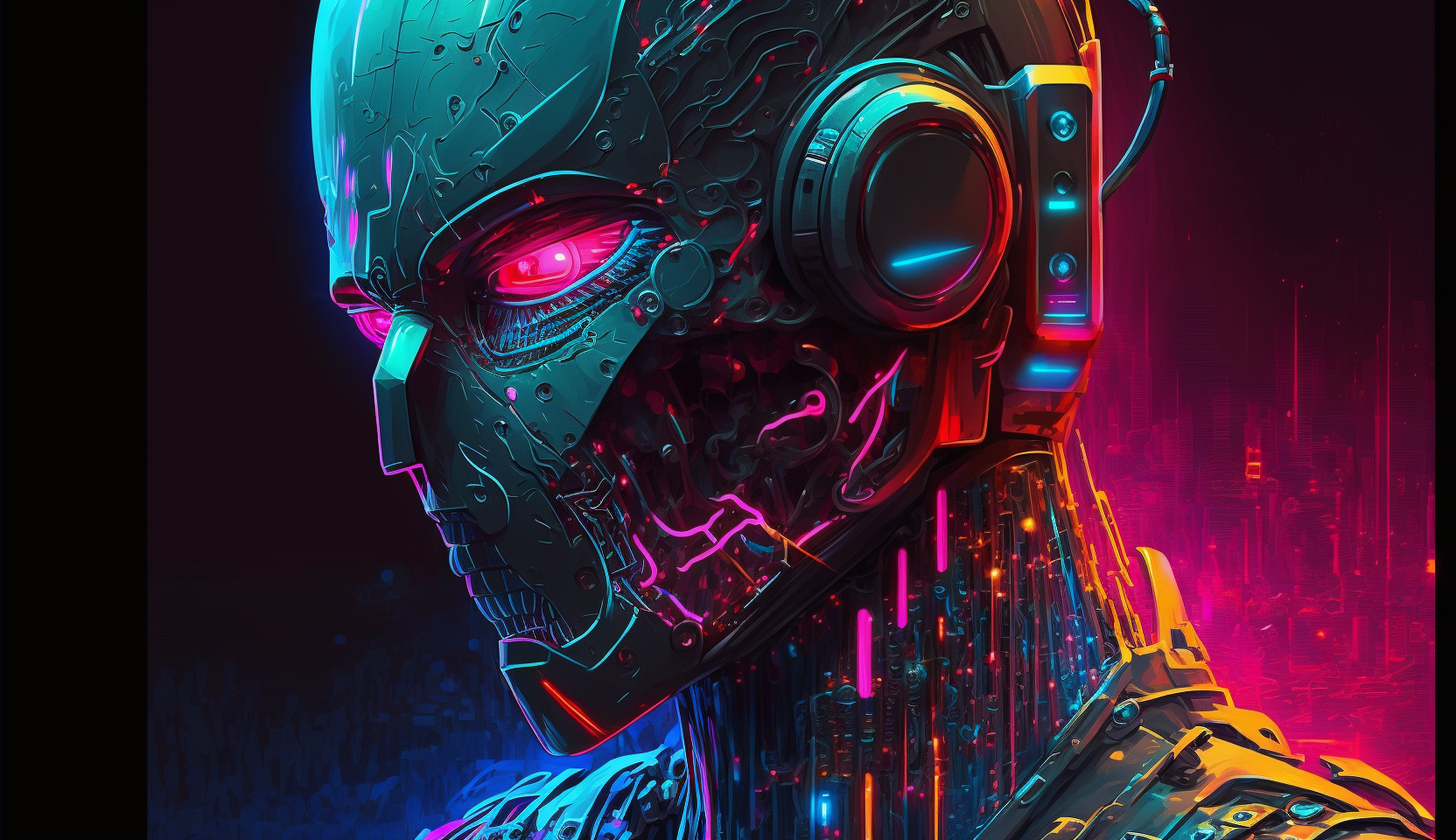
Ethical Considerations of AI Implementation in Physical Therapy
As we delve into the ethical considerations of implementing AI in physical therapy, it is crucial to address potential privacy concerns and ensure patient confidentiality. With the rise of artificial intelligence in healthcare, it is important to strike a balance between the benefits AI can bring and protecting patients’ personal information. Here are some key points to consider:
- Data security: As AI systems collect and analyze vast amounts of patient data, it becomes essential to safeguard this information from unauthorized access or breaches. Implementing robust encryption protocols and strict access controls can help maintain patient privacy.
- Informed consent: Patients should have full knowledge and understanding of how their data will be used by AI systems. Obtaining informed consent ensures that patients have control over their personal health information and allows them to make informed decisions about participating in AI-based treatment programs.
- Transparency: Healthcare providers need to provide clear explanations about how AI algorithms work, what data they use, and how decisions are made. This transparency helps build trust with patients who may be concerned about the use of technology in their care.
- Continued human involvement: While AI offers many advantages in physical therapy, it is crucial not to replace human interaction entirely. Maintaining a balance between technology-driven solutions and human touch ensures that patients receive personalized care while benefiting from the efficiency that AI provides.
By addressing these ethical considerations around patient privacy when implementing AI technologies in physical therapy, we can harness the power of technology while preserving individual freedom and autonomy over their health information.
It is through careful consideration and implementation that we can create an environment where patients feel safe entrusting their care to both humans and machines alike.
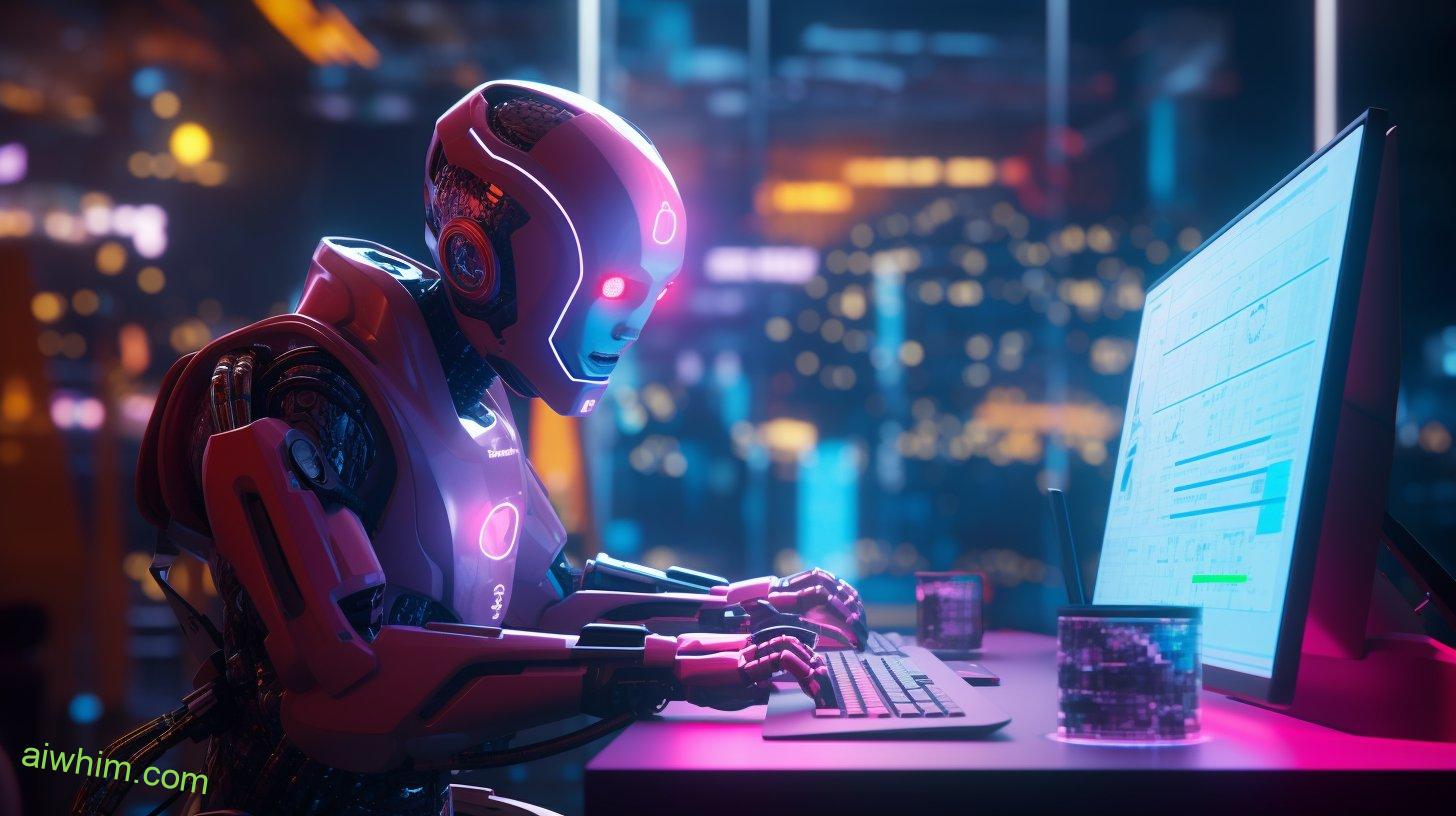
Addressing Concerns: Will AI Replace Physical Therapists
Addressing concerns about the potential replacement of physical therapists, it’s important to recognize that AI technology can complement and enhance their skills rather than completely replace them. Many people worry about AI’s impact on the job market and have concerns over job security. However, it is crucial to understand that AI is not here to take away jobs but rather to work alongside us, making our lives easier and more efficient.
While AI technology has advanced significantly in recent years, it still lacks the human touch that physical therapists provide. Physical therapy requires empathy, compassion, and personalized care tailored to each patient’s unique needs. These are qualities that no machine can replicate. AI can assist by analyzing vast amounts of data and providing valuable insights for physical therapists to make informed decisions. This allows them to focus more on delivering quality care rather than spending excessive time on administrative tasks or data analysis.
Furthermore, AI-powered devices like wearable sensors or virtual reality tools can improve rehabilitation outcomes by providing real-time feedback and enhancing patient engagement during therapy sessions. These technologies empower patients with greater autonomy over their own recovery process while still benefiting from professional guidance.
It’s essential for physical therapists to embrace these advancements as they offer opportunities for professional growth and development. By adapting to new technologies and acquiring skills in working collaboratively with AI systems, physical therapists will remain at the forefront of healthcare innovation.

The Future of Physical Therapy in the Age of AI
To thrive in the future of physical therapy, you must embrace the advancements brought by AI technology. The role of telehealth in physical therapy and the integration of wearable technology in rehabilitation are two key areas that will shape the future of this field.
Here’s what you need to know:
- Telehealth: With the rapid development of technology, telehealth has emerged as a game-changer in the field of physical therapy. Through video consultations and remote monitoring, patients can access expert guidance from the comfort of their own homes. This not only improves accessibility but also allows for real-time monitoring and adjustments to treatment plans.
- Wearable Technology: The integration of wearable devices in rehabilitation is revolutionizing how patients recover. From smartwatches that track heart rate and activity levels to virtual reality headsets that provide immersive experiences, these devices enhance engagement, motivation, and ultimately improve outcomes. They empower individuals to take charge of their own recovery journey.
- Personalized Treatment Plans: AI algorithms can analyze vast amounts of patient data to identify patterns and optimize treatment plans tailored to each individual’s needs. By leveraging machine learning techniques, physical therapists can make more accurate diagnoses and prescribe targeted interventions for faster recovery.
- Collaborative Care: AI technology enables seamless collaboration between different healthcare providers involved in a patient’s care. Through secure communication platforms and shared electronic health records, information can be easily exchanged, leading to better coordination and more holistic care.
Embracing AI technology doesn’t mean replacing human expertise; it means leveraging its power to enhance your practice as a physical therapist. By embracing these advancements, you can stay at the forefront of this evolving field while providing better care for your patients.

Embracing AI: How Physical Therapists Can Adapt and Thrive
Embracing AI technology can help you, as a physical therapist, adapt to the changing landscape and thrive in your practice. The field of physical therapy is constantly evolving, and it is important for you to stay ahead by embracing new technologies that enhance your skills and improve patient care.
AI has the potential to revolutionize the way physical therapists work. With AI-powered tools and systems, you can gather and analyze patient data more efficiently, allowing for more accurate diagnoses and personalized treatment plans. This adaptability allows you to provide better care tailored specifically to each individual’s needs.
Furthermore, incorporating AI into your practice can lead to professional growth. By utilizing AI-powered software or devices, you can streamline administrative tasks such as scheduling appointments or documenting patient records. This frees up more time for you to focus on what truly matters – delivering high-quality care.
AI also offers opportunities for expanding your knowledge and expertise. There are various online platforms that provide access to vast amounts of information and educational resources related to physical therapy. By leveraging these resources, you can continuously learn about the latest advancements in the field and further develop your skills.

Frequently Asked Questions
How Does AI Technology Specifically Benefit the Field of Physical Therapy?
AI technology specifically benefits the field of physical therapy by improving efficiency and accuracy in diagnosis, treatment planning, and rehabilitation exercises. These applications complement the work of physical therapists, enhancing patient care rather than replacing it.
What Are the Limitations or Drawbacks of Using AI in Physical Therapy?
When it comes to AI in physical therapy, there are limitations and challenges. But don’t worry, AI won’t take your job just yet. It’s here to assist you and make your work easier.
How Can AI Tools Assist in Assessing and Diagnosing Patients in Physical Therapy?
AI tools in physical therapy have made significant advancements in patient assessment and diagnosis. They can assist you by providing accurate data analysis, identifying patterns, and helping you make informed decisions for your patients’ treatment plans.
What Ethical Considerations Should Be Taken Into Account When Implementing AI in Physical Therapy?
When implementing AI in physical therapy, it is important to consider ethical considerations and address implementation challenges. These factors ensure that freedom and autonomy are maintained while benefiting from the assistance of AI tools.
How Can Physical Therapists Adapt to the Rise of AI Technology and Continue to Thrive in Their Profession?
To adapt to the rise of AI technology and thrive in your profession, physical therapists should focus on developing new strategies for integrating AI into their practice. Embrace professional development opportunities that enhance your skills and knowledge in this evolving field.

Conclusion
So, there you have it! AI is definitely making its mark in the field of physical therapy.
While some may fear that these advancements will lead to the replacement of human therapists, it’s important to remember that AI is meant to assist, not replace.
Physical therapists can actually embrace this technology and use it to enhance their practice, providing better care and more efficient treatments for their patients.
With a little bit of adaptation and a whole lot of determination, physical therapists can thrive in the age of AI.
So don’t worry, they won’t be going out of business anytime soon!

